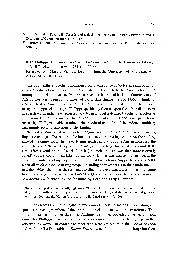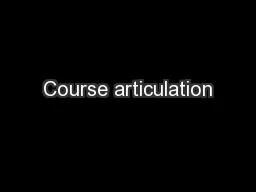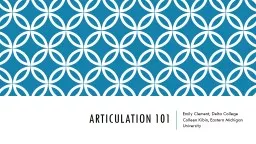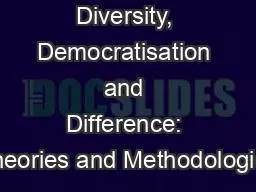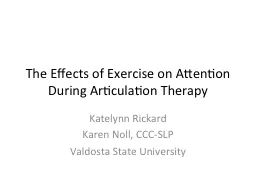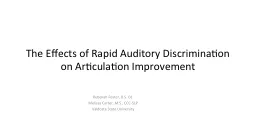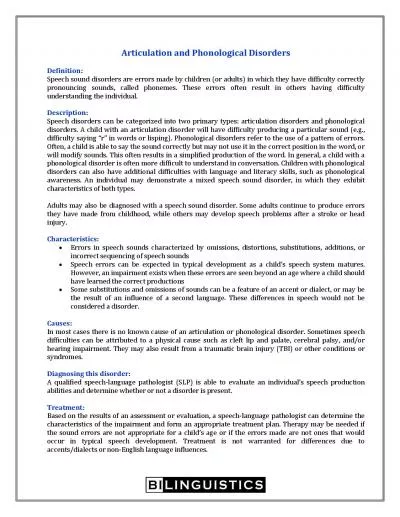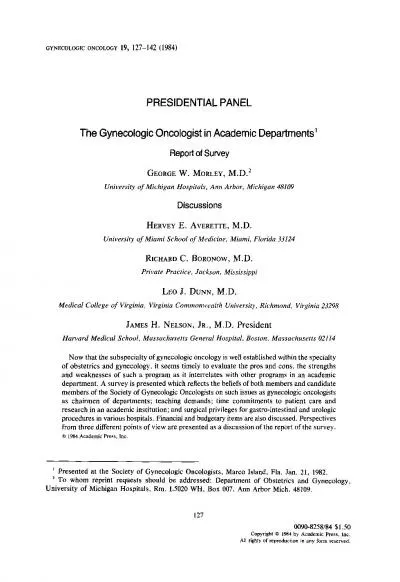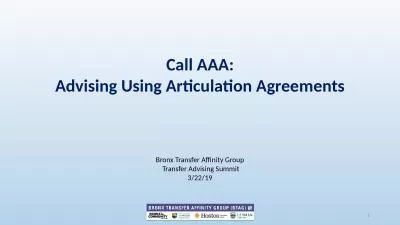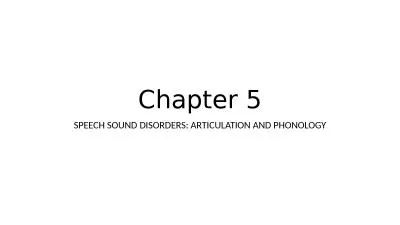PDF-Morley, M. and J. Fox, 1969. Disorders of articulation: theory and the
Author : sherrill-nordquist | Published Date : 2015-10-13
Reviws 291 Voice and articulation London Pitman Medical 2nd edition KC Phillipps Language and class in Victorian England 145In vain she piped out Phillipps traces
Presentation Embed Code
Download Presentation
Download Presentation The PPT/PDF document "Morley, M. and J. Fox, 1969. Disorders o..." is the property of its rightful owner. Permission is granted to download and print the materials on this website for personal, non-commercial use only, and to display it on your personal computer provided you do not modify the materials and that you retain all copyright notices contained in the materials. By downloading content from our website, you accept the terms of this agreement.
Morley, M. and J. Fox, 1969. Disorders of articulation: theory and the: Transcript
Download Rules Of Document
"Morley, M. and J. Fox, 1969. Disorders of articulation: theory and the"The content belongs to its owner. You may download and print it for personal use, without modification, and keep all copyright notices. By downloading, you agree to these terms.
Related Documents

